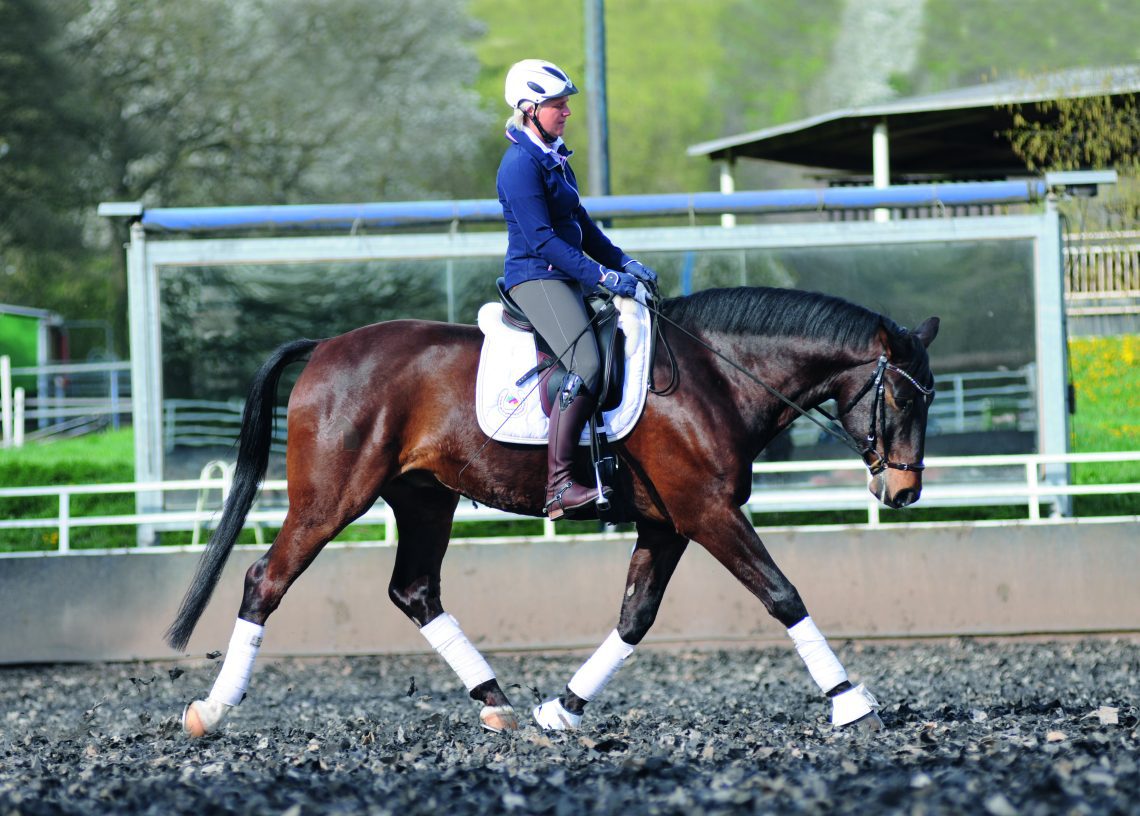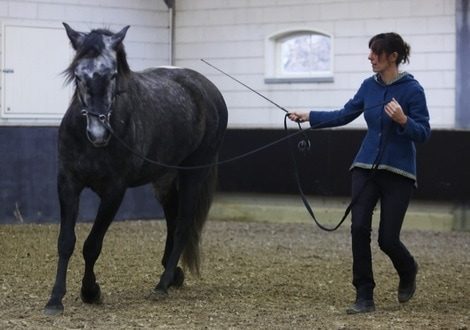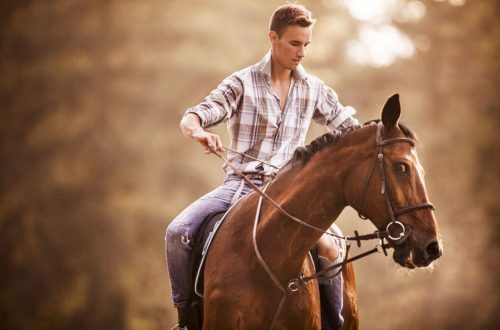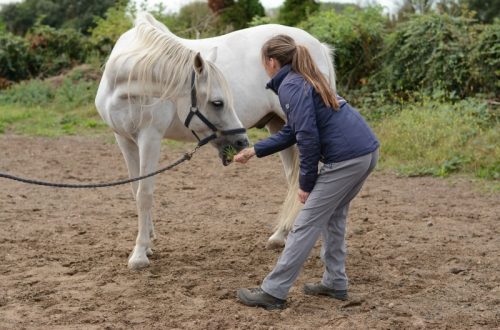
Christoph Hess on the importance of stretching for the horse
Christoph Hess on the importance of stretching for the horse
Once I was asked a question, the answer to which, I believe, would be of interest to many horsemen.
Question. We have been working with my 12-year-old gelding for two years now. His previous rider always rode him for a rein. The horse with me is very responsive and diligent enough. At the beginning of every workout he is usually lazy, but after we warm up, he becomes more energetic and alert, and I can ride him without much effort. He well accepts the impact of the legs, understands such means of control as the work of the body, the impact of the butt. However, recently he became very tense in the neck and went behind the reins. This happens on every figure and in every exercise. When he does this, I can only do a downward transition with a rein. At the same time, he “listens” to the seat with difficulty. When my coach got on the horse, he had the same problem. A positive effect can be achieved by working with the analysis of the reins in one hand. The horse then returns to its normal neck position and moves calmly, showing no signs of discomfort. Perhaps you have some advice for me?
Response. Stretch, then stretch, and then stretch some more!
Questions about tight necks are asked over and over again, and this is indeed a very important question in the training of many horses. A tight neck always leads to a dead end and the horse’s training goes in the wrong direction. We see this even at the highest levels.
Horses that have been forced to work within a certain frame for an extended period of time will continually have trouble carrying themselves in the desired long and low position as described in the German National Equestrian Federation’s Principles of Riding. In certain situations, the horse simply automatically accepts the frame that the previous rider forced on him (sometimes from the day his training began).
Horses that have been trained in the principles of classic riding do not experience the problem that the questioner described. However, if the horse has never been trained to reach forward and down towards the hand, he has never experienced how comfortable this natural head and neck position, the open throat. These horses lack the physical foundations for proper balance. They will constantly fall back into their habitual way of carrying themselves. This is not only a physical problem, but also a psychological one.
This problem is not easily corrected, so every opportunity should be taken to give the horse a sense of comfort by stretching his neck as often as possible. You can do this when you prepare her for a workout by encouraging her to reach for a carrot or an apple in her halter.
With this stretch, her neck muscles will lengthen and her back will rise as much as anatomically possible. This process will help the horse feel better. She will like it when she is able to stand stretched forward and down with her throat open. If you do this often enough (and without provoking resistance), your horse will always want to get into this posture. This is her natural position, which you can see when you watch her graze in the pasture.
Take every opportunity to give your horse the comfortable feeling of stretching his neck.
Stretching is natural for the horse. You can see this when the horse is free to roam the levada or pasture.
ground support
I recommend that you practice the “snaffle chew on the ground” exercise before you start your workout. To do this, you will need an assistant on the ground. He must take the snaffle by both rings and move it slightly over the horse’s mouth (play with the snaffle). The challenge is to make it attractive for the horse to want to stretch forward and down.
Then, during the walk phase, you will need to make sure that the horse is pulling forward and down. If you can’t get it out of the saddle, I have one for you. hint: use the help of a trainer. He will walk beside your horse with his finger in the snaffle ring. With timely and gentle softening and dialing, the trainer can guide your horse forward and down into the stretch.
Through long-term (in some cases many years), consistent practice, you encourage the horse to look more and more for this “pleasant frame”. By doing this, your horse will feel very good and will want to stretch forward and down again and again.
This process becomes especially lengthy if the horse is already enslaved (for example, as a result of an initially incorrect approach to training). In the words of the late Major Paul Steken, “Horses want to move in the right way.” Moving forward and down with an open throat is important for the horse to acquire the necessary balance, and every horse needs to move in balance while under the saddle.
Riding with the reins in one hand
The questioner said that when he takes the reins in one hand, the horse pulls forward and down and opens his throat. This tells me that in this case there is still a chance to fix everything. Riding with the reins in one hand is one exercise that you can’t do often enough, but it helps you test your own flexibility and balance in the saddle. Often riders ride with the inside rein unknowingly overworked, which causes the horse to hide from it and end up behind the rein. In this case, it will be beneficial (for both rider and horse) to ride with both reins in the outside hand and at the same time look for an opportunity to paint over (softening contact).
Downward Navigation Tips
Exercise “transition trot-canter-trot” ideal for making the horse supple and obedient by getting him to move in front of the legs and develop perfect frame and contact. An additional task for the rider is that the downward transition must be performed without using the reins. The idea behind dressage is so that you can slow your horse down using your legs instead of your arms.
Start with a 20m circle. Move at a trot. Make sure you always feel like you can widen the circle using your inside foot.
I often ask riders to use the inside foot, which puts the horse on the outside rein. The rider then only needs to soften the outside rein a couple of inches to engage the horse’s hindquarters and encourage him to work his back. This opens up the horse’s neck, which helps to correct the general problem of tightness in the neck during downward transitions. Often when the rider overuses the reins in a downward transition, the horse will shorten and pinch the neck.
Then, to make the transition from canter to trot, you will need to slow the horse down without a rein. Try the following:
After hundreds of these trot-canter-trot transitions, the horse and rider will learn how to perform them without overuse of the reins. The rider must work on these transitions for weeks, months, years, perhaps forever. Over time, the horse will develop a better balance, carrying himself without rushing.
Christoph Hess (source); translation by Valeria Smirnova.





